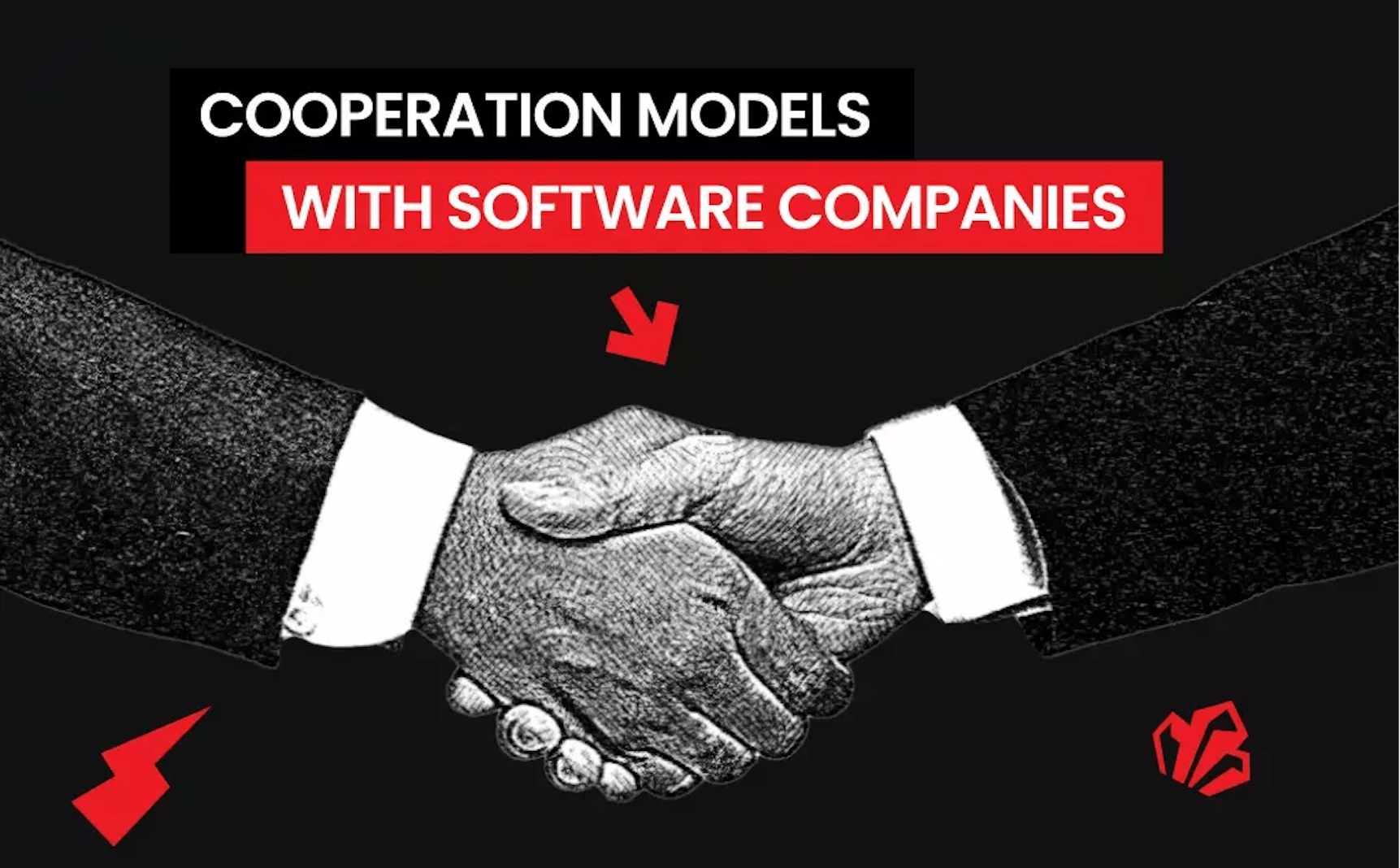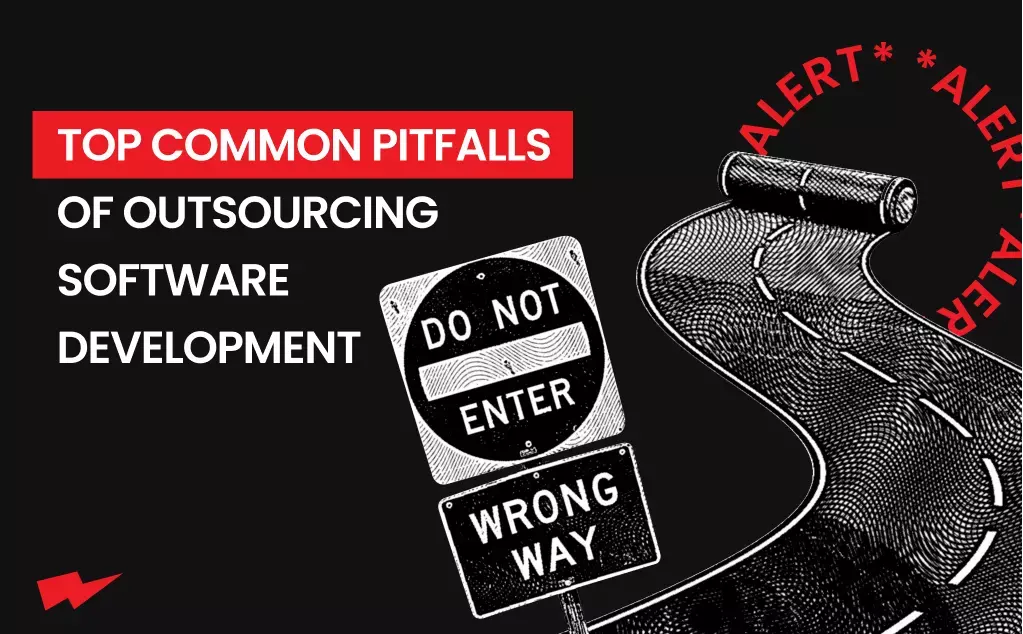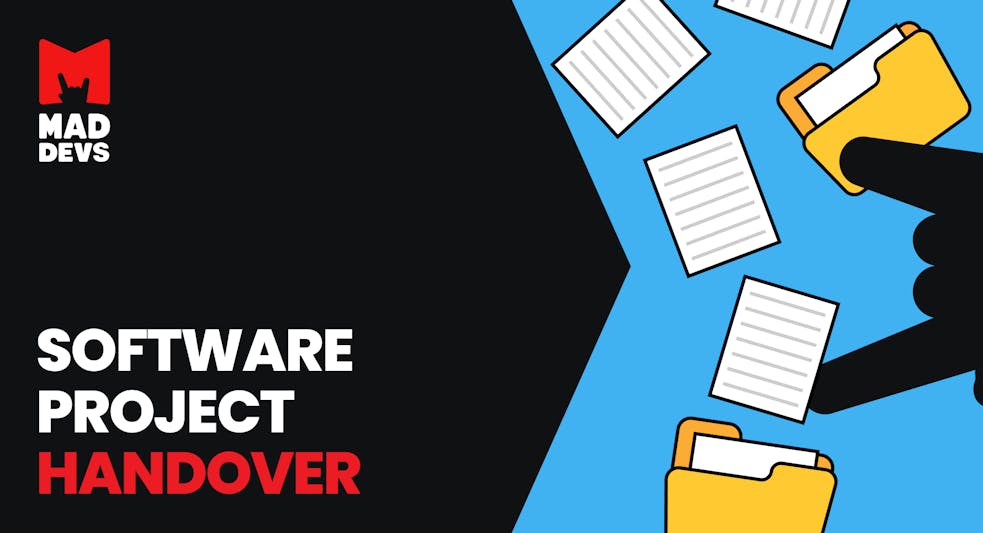Remember how most of us have seen various industries over the years? Big manufacturing industries will always be stable and profitable. After all, they are the only ones that can meet the various needs of the constantly growing population of our planet. The hospitality business will never lose its relevance because people will always want to travel and eat. Clothing and makeup manufacturing will always be in demand because people want to look good.
But the last couple of years has dramatically changed our idea of which industries are more or less stable, especially in a global pandemic or financial or energy crisis. Because people mostly stay at home and spend their work and free time online, the demand changes.
We see how people are not as willing to buy cars, which immediately increases the cost of production. Airlines are sending empty planes from one country to another unprofitable to avoid losing contracts with airports. Cruise ship owners pay a lot of money for the parking and maintenance of their ships in ports. Few people visit restaurants or shops.
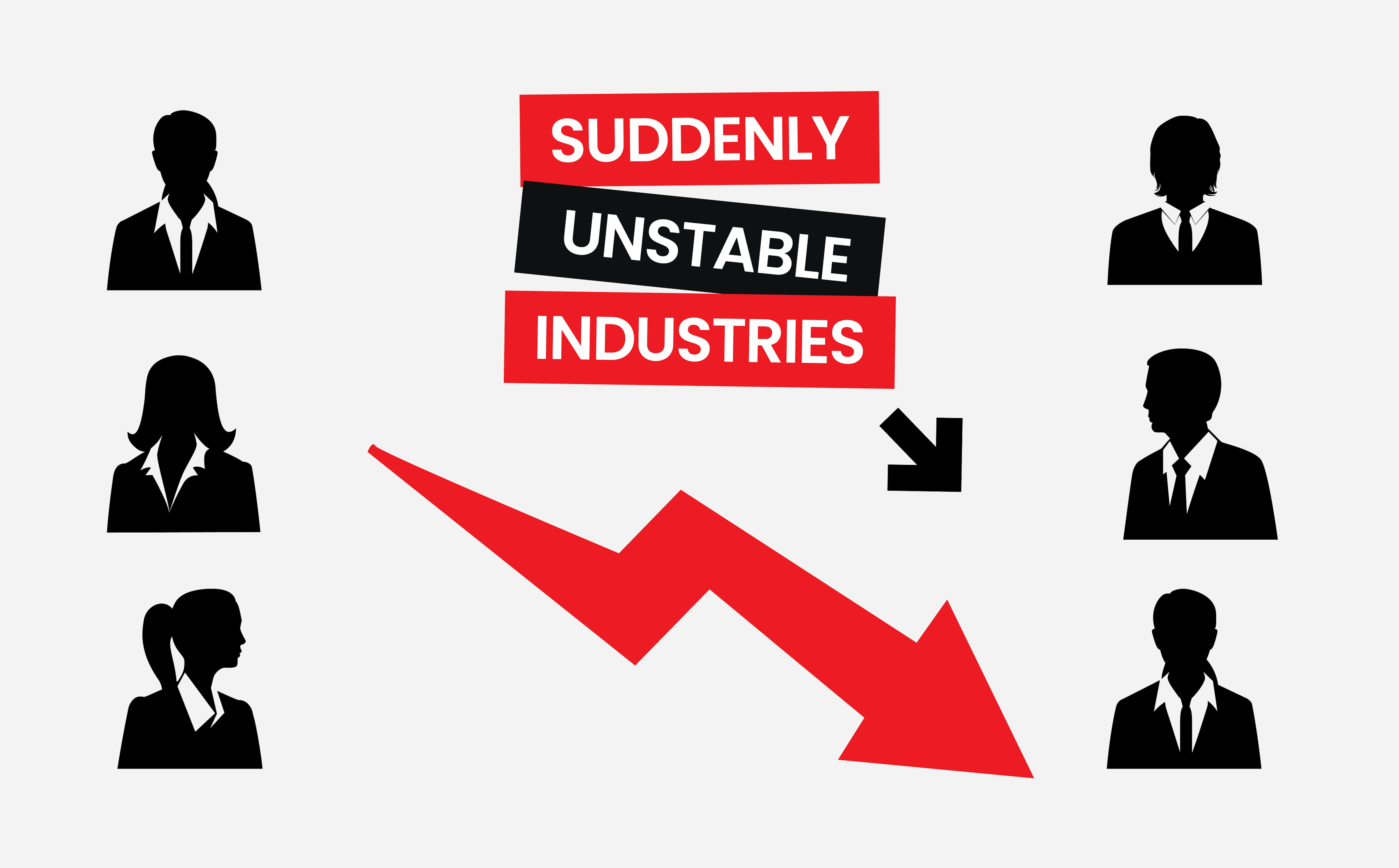
But not everyone has had such a hard time. Moreover, there is an industry that has not lost and has even benefited from all these horrible events. And that is the digital industry in all its forms. Various companies specialize in developing and promoting online services, mobile applications, computer games, and the like. People travel through game worlds, try on clothes in augmented reality apps, use Instagram masks instead of makeup, buy houses in meta universes and come to virtual celebrity shows.
So many big companies have started to actively digitalize their infrastructure and actively think about changing their business model. And the culture of startups and small companies has once again become more popular. But despite the wild demand for digital services and products, not all have succeeded. So how could this happen?
Well, it largely depended on exactly how these companies approached development. Who exactly and on what terms they choose to partner with, who helped bring their ambitious ideas to life.
In this article, we will talk about cooperation models in software development. What kind of engagement models in software development are there? What are the essence, advantages, disadvantages, and peculiarities of engagement models in business? And also how to choose the best customer engagement model for you.
What is an IT engagement model
So what is an IT engagement model? It is a model of cooperation with IT companies that offers different options of how it will provide its services and what degree of involvement in the software product development will be shared by the vendor and the customer. In general, it is the same as engagement models in the business. But here are a few more options because the product is software, specialists can work remotely, and the means to implement the project can be very different.
Outstaffing model or staff augmentation model
The outstaffing model, also colled staff augmentation model, is an engagement model in software development when you hire specific employees with specific skills needed for a project, and you supplement your team with them. You hire them from another company, which either provides them or finds them. And it is also legally responsible for their employment, taxes, payments, and other aspects.
Their employees work on your project, but they do not become your employees. They remain employees of the company through which you hired them. When the project is over, you need to make a new contract with the company that provided the employee if you want to put them on another project. As a rule, all these contracts are individual and, besides the basic provisions between companies, may contain different conditions and responsibilities for each employee.
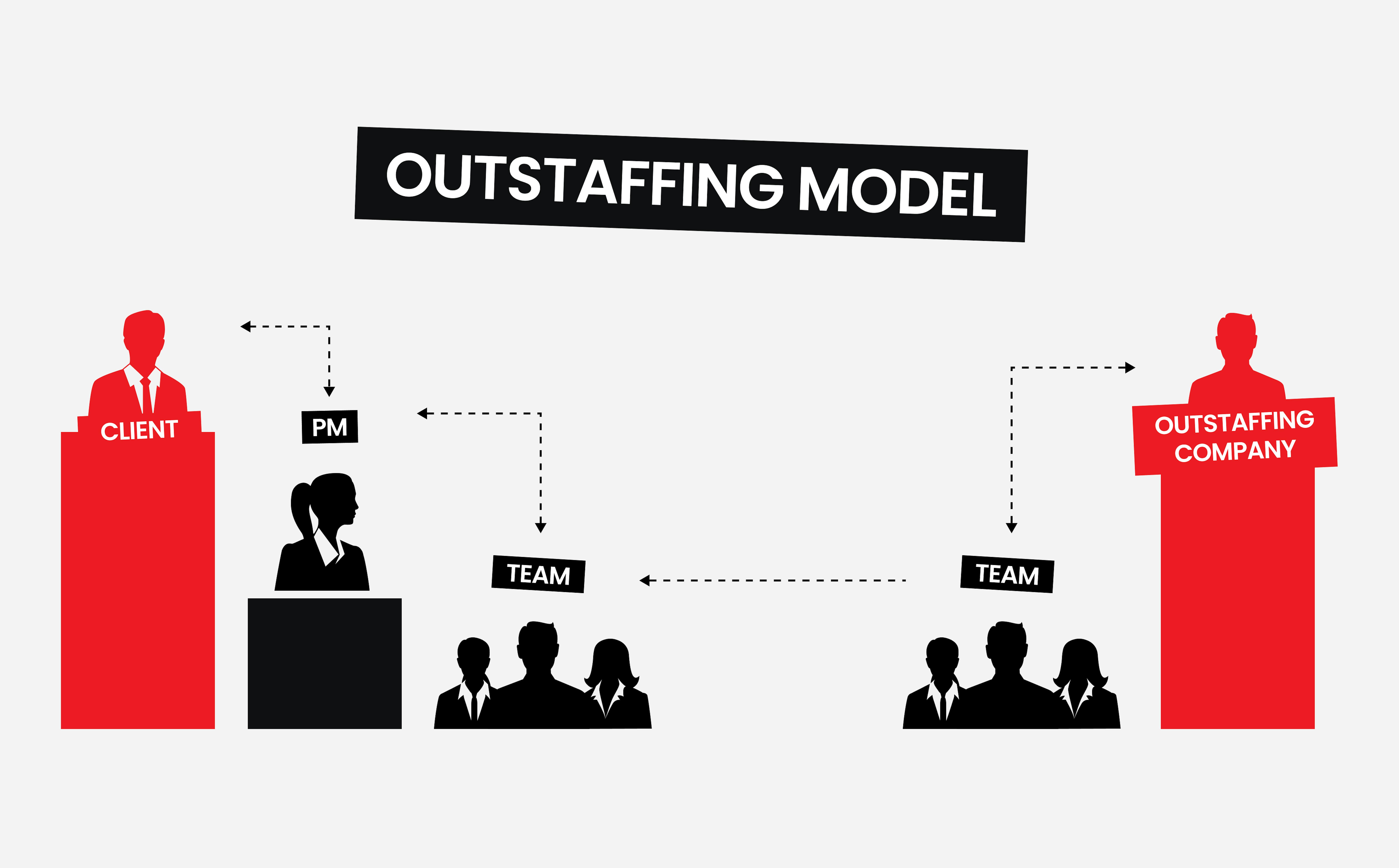
For example, you have a successful software development company for mobile game development. And the company wants to create a new streaming platform with advanced features that work with big data. You have a large staff of great developers and project managers, but you do not have developers with the necessary experience in AI and ML. If this is the case, you go to Outstaff company and get the specialists you need. Then you integrate them into your project team, and they work under your project manager.
Advantages
1. Possibility to scale team fast
You can hire specialists from your existing staff instead of wasting your own time and resources looking for them.
2. Avoid the Inefficient in-house hiring process
These professionals reviewed for the appropriate level of knowledge and skills. You only have to do a minimum check to see how they fit into your team and fit into a particular project.
3. Meet specific tasks and solve urgent tasks to meet release deadlines
You can supplement your team with specialists who will help you achieve goals that previously seemed unattainable. Also, they can complement the overall efforts, accelerate the work and help get everything done on time.
4. Complete control of specialist's work
Hired specialists become part of your team and work under the supervision of your project manager, so their work is entirely under your control.
5. You are only subject to the contract
You can remove the outstaffed people from the team, avoiding legal and corporate regulations. You don't have to pay him severance pay or anything else that employment law requires because you are not his direct employer.
Disadvantages
1. Extra payment
Outstaffing company also has to earn, maintain itself and its employees, provide quality service and have a good reputation. That's why the cost of work of all the specialists it provides is initially included adding value. And if they have to look for the right specialist for you, it can be a separate service with a separate fee.
2. Language and cultural barrier
Great specialists can have completely different backgrounds and carry a very different culture and tradition to that of your company. If the company is very conservative and the work processes are not adaptive, this can create difficulties.
3. Time zones
A specialist may be in a completely different time zone than most of the core team. When there is an active workflow, and some team members are unavailable, it can create downtime.
4. More responsibility on your side
Responsibility for the work of the hired specialist is almost entirely on your company, or rather on your project manager. That is, any possible difficulties, except for the obvious shortcomings of the hired employee, you have to solve on your own.
Outsource model or dedicated team model
Outsource model, also called dedicated team model, is an engagement model in software development when you hire a whole team of specialists who will work entirely on your project. It consists of individual designers, developers, testers, and project managers who will manage the team's work.
In doing so, you also go to outsource company, which usually already has a set of different specialists ready to take on your project. Therefore, this company provides its employees with the working environment and tools, communication channels, corporate equipment, and accounts, etc. It is also responsible for their employment, taxes, salaries, etc.
Therefore, their employees also remain their employees after the project is completed. A new project requires a new contract with outsource company, and a different team of specialists may be working on it, but this is not necessary.
Your participation in development is minimal since you are not required to have your development team and project manager. Communication will primarily be through their project manager and possibly with key developers if necessary.
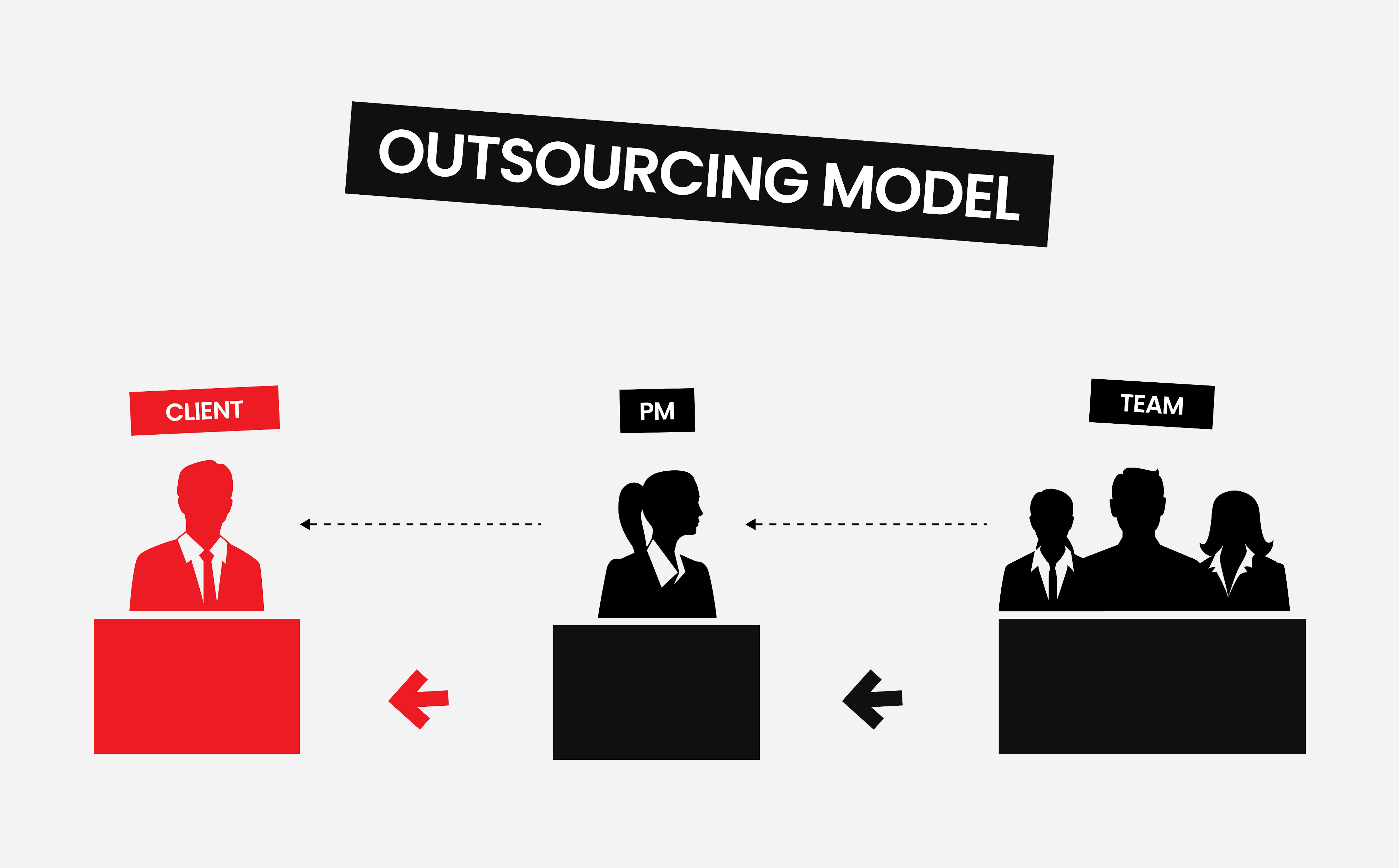
For example, you have a small offline store, and you want to launch an online store in parallel. For this, you need a team of developers, a project manager, a designer, a marketer, etc. Most likely, you don't have your staff of such specialists, and you need them all at once. That is why you need to outsource your project to an outsource company to develop it from scratch.
Or, for example, you have a certain company that requires a certain number of IT specialists. But you want to create a new product in a new field in which your specialists and the company do not have competence. Your developers do not know the technology, and your project managers have not encountered such projects. Then you also need an outsourcing company which has experience in developing products in the area you are interested in and the appropriate specialists.
Advantages
Management isn't on you
You do not need to spend your own company's resources on management, but the outsource customer company will do it for you. And it will do it effectively because all the company employees are already working together for many years and the management process is already established.
Possibility to get deep industry or business experience
You can get another company's expertise in an unfamiliar area. You don't have to go through their years of practice, but you can reap the benefits of their expertise right away.
Disadvantages
Lack of control from your side
Most of the control over the project goes to the outsourced company. You act as the customer, which interacts with the goal setting and evaluation of results, but not the methods of organizing work processes.
Need to pass sensitive business information to a third party
You may have to share more company data than usual because it may be necessary to set the correct tasks and choose the means to solve them. Of course, all of this is in the contract and legally protected, but it is possible that you would like to keep quiet.
Technical partner model
Technical partner is an engagement model in software development when you don't just hire a team to develop your product but hire an entire company to work with your entire company, not just to develop the project. It also helps you work out the business goals, strategy, and position of your company, develop and promote its products, provide technologies and practices, etc. You are hiring a big brother who helps you with everything and gives you all the experience in any venture.
Advantages
Of course, this approach has its advantages and disadvantages as well. And they are very significant.
Comprehensive analysis and support in the development
A solid advantage is that you get a very in-depth analysis of your business and the entire experience of the partner company.
Creating a strong relationship
You have a long and strong partnership from which you can take a lot and keep a strong relationship for years to come.
Disadvantages
Lack of control
You cease to have a great deal of control over your company because many decisions have to be coordinated with your partner.
Cultural compliance
If your companies are not similar initiatives in their values, you will remake each other and risk losing the meaning for which you built your company.
Pricing cooperation models
The pricing cooperation model is a payment model for the services provided by a software development company. It is much more related to the project's business goals and the company's financial capabilities than to its competence and staff.

That's why the pricing cooperation model doesn't determine which services the vendor company provides and can be combined with different customer engagement models in software development. There are quite a lot of service payment models, but we will talk about the three main ones because all the others are a combination of them.
The time & material model
Time & material engagement model means that the customer pays for the actual time and resources spent on the project development. This model can be used both in the outstaffing engagement model for a specific developer's time and in the outsourcing engagement model for an entire team's time.
This is a great engagement model in business, where it is impossible to predict how many resources will be spent because the industry is changing very rapidly, and you need to meet new requirements constantly. Such examples are startups related to AI, ML, Blockchain, and IoT.
The fixed-priced model
The fixed engagement model implies that the customer pays for pre-agreed development time and resources. Of course, this requires careful planning and rarely goes unchanged. However, they can be minimal if the project is well planned and the industry is very stable.
This is a great model in business, where the basic standards of the industry do not change over time. For example, you need to do a digital transformation for heavy industry where you know all the types of work to be done and the amount of work in advance. Or vice versa, if it is a very project with a small budget, with no resources for long development and sudden additional works. Such a project needs to test its idea in the shortest possible time and for the available budget, possibly attracting further investment.
Hybrid model
If different variants of the hybrid model, but all of them imply that some types of work can be precisely planned and the work of some specialists can be fixed in advance and paid accordingly. And some kinds of work that cannot be planned are paid for according to the time and resources spent on them.
This model has no strict regulations and is often used in businesses where a very individual approach is needed. It can also be a suitable model in the industry, where you need to create a fairly typical product from scratch but later complement it with something unique and maintain updates.
Why should you care about cooperation models
Choosing the right engagement models in software development is a critical choice, which in many ways initially determines whether the project will be successful or not. After all, its development consists of a huge number of complex processes, none of which can be neglected.
By the way, we have an excellent article on this topic, that will tell you how important each detail is:
And the choice of the outsourcing models in software is not a trifle but serves as a basis for all further development. Take a look at the benefits you get by choosing the right model and what you risk by choosing the wrong one.
The benefits from right chosen model
Here are the main benefits of choosing the right engagement models in software development and pricing cooperation models. Of course, if you go into all the development processes, you can list a lot more, but we have collected the most basic of them.
1. Your interests are fully protected by law
By choosing a model that suits the interests of your business, the vendor will be obliged to comply with the terms and conditions. It will be obliged to ensure that the work is carried out precisely as contracted.
2. You save a lot of resources
Speaking about monetary resources, time, or reputation, you simplify your task greatly, cooperating in the most suitable format for your project. You save a lot of money, save your reputation and make the setting and execution of tasks the most effective.
3. You get only the expertise you need
Yes, there is no point in hiring a whole team if you lack just one key player for the success of your project. Like there's no point in forming a team from scratch instead of hiring a well-established team where the members understand each other at a glance, and their manager handles them like a master orchestra leader.
From business-less analytics and engineering solutions to industry insights and unique expertise, you can get a solid foundation for your project in every aspect.
The problems may cause the wrong chosen models
Here we have also collected the main problems one may encounter from choosing the wrong engagement models in software development and pricing cooperation models. There can be many more, but we have gathered the most common and critical ones.
1. You run the risk of over-expertise
Of course, there is no such thing as redundant expertise. Unless you have it at the same level or even higher, and the hired staff is in no way superior to your own. In that case, you are simply hiring unnecessary specialists who have no fundamental impact on the success of your project.
2. You risk running out of budget prematurely
Yes, the wrong model can exhaust all the resources before the project is ready. Therefore, you need to understand very well who, for what, and how much you are willing to pay and choose accordingly.
3. You risk overpaying for insufficient expertise
Let's say that you can hire the staff necessary for the project separately. Until you realize that you have almost completely replaced your original team and only now your team has enough expertise to work on the project fully. In that case, you will greatly overpay by not hiring a dedicated team.
4. You risk losing your reputation
If you overestimate your staff instead of hiring the right team for the project and limit yourself to hiring just a couple of people, you may not get the product of the quality you expected. Since reputation is everything these days, you need to think about it first and avoid such blunders.
How to choose a customer engagement model and a pricing cooperation model
To choose the right customer engagement and pricing cooperation model, you need to clearly answer a few key questions. From the sum of the answers to these questions, you can conclude which model is best suited for your company and your project. However, this is a very general assessment, and each project must be discussed very carefully.
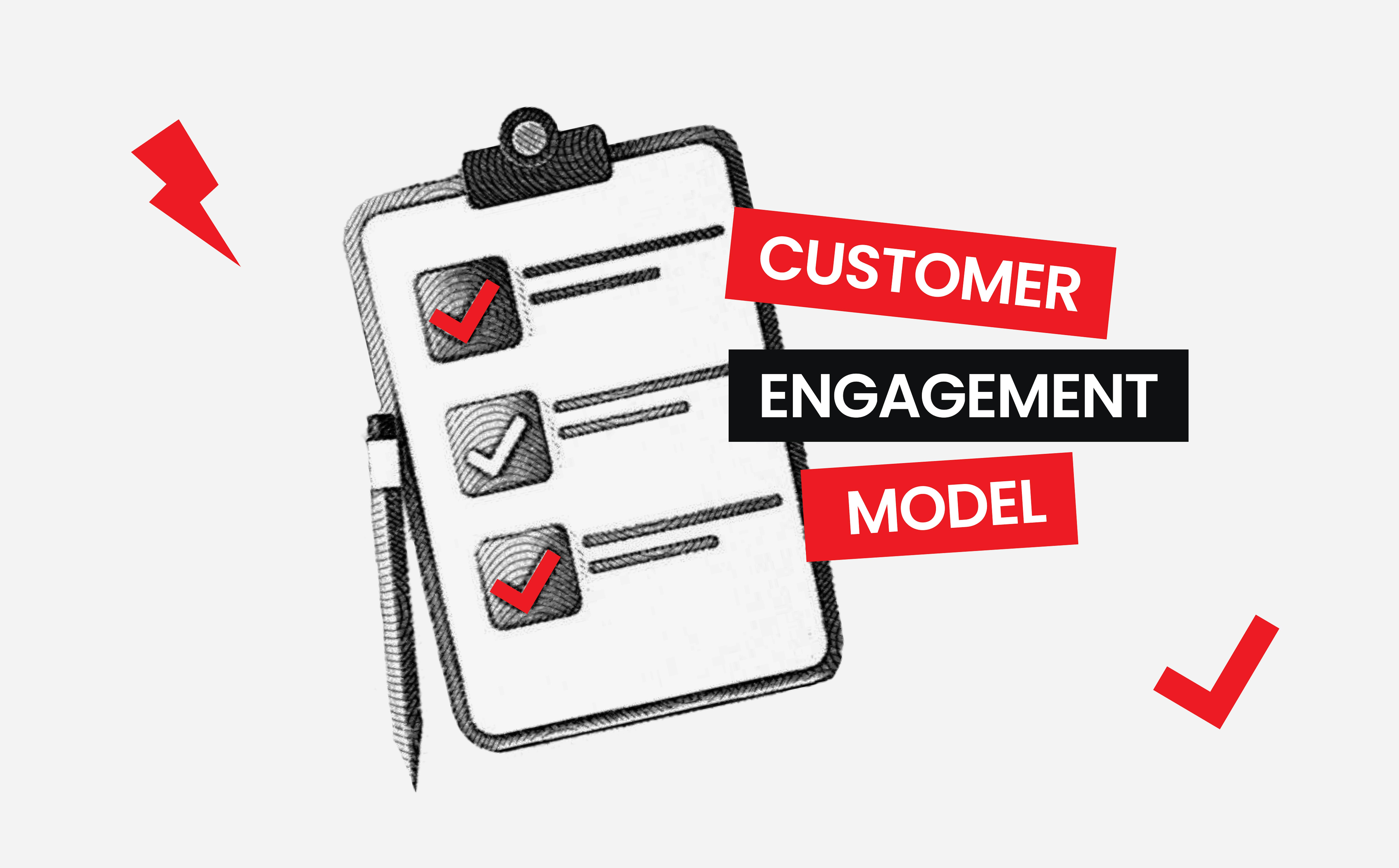
Do you have your team?
If you don't have a team of appropriate professionals, and you will need very different ones for even a minimal project, then your best choice is outsource company.
If you already have your team and a project manager that fits the project, but you are missing a few key players, an outstaff company will help you choose the right specialist.
How well does the competence of the company and the team match the project and the industry?
Even if you have your team, but they have never worked on similar projects before, and your company does not have the necessary expertise, outsource company is likely to be the most appropriate choice.
If your team and company have been in the industry for a long time and you need to strengthen your position, add expertise, or move your project forward, outstaff company will also offer what you need.
What is your project budget?
If you have a small budget that you can't go beyond, and your project requirements and deadlines are strictly planned, then fixed model is likely the best choice.
If your project budget allows for changes in quantity and type of work, strict planning is not possible, or long-term support is required, so time & material will be an excellent choice for you.
What is the engagement level required?
If you need complete control over the development process, Outstaff company or time & material pricing model will be your best bet.
If you want minimal involvement on your part and only tasks and evaluation of results, then outsource company is definitely your choice. The fixed or hybrid price model is also a great choice for you.
How do we do at Mad Devs?
We approach the task comprehensively. First, we get to know the customer and his idea in detail.
If necessary, we define business goals and plans together. And when it is clear to everyone what the product should be in the end, we determine the best means to create it.
We determine the best technology stack, tools, and specialists.
We determine how many specialists and what types of work they have to do to implement the project.
What budget is needed for its implementation, release, and support.
Then we make the best commercial offer for the client, which includes selecting the most effective technological solutions and profitable models of cooperation.
Summary
Since the IT industry is very diverse, there are many options for interaction with it. You can implement any idea, find a company for any budget, and have any competence level. And the great thing is that it doesn't matter who you are. The owner of a huge company that needs to strengthen its positions and reliable partners, or one person with the idea that can change the world. There will always be a company that appreciates your aspirations.
For example, we at Mad Devs are always looking for the best solutions for each case and openly share our expertise from various fields. If you fully read our articles, other materials, and open source projects, you can become an expert yourself without any help! Just visit our blog and our YouTube channel, as well as the GitHub repository. However, if you need a individual approach, our doors are also always open, and we will be happy to help bring into life your vision of the future!

